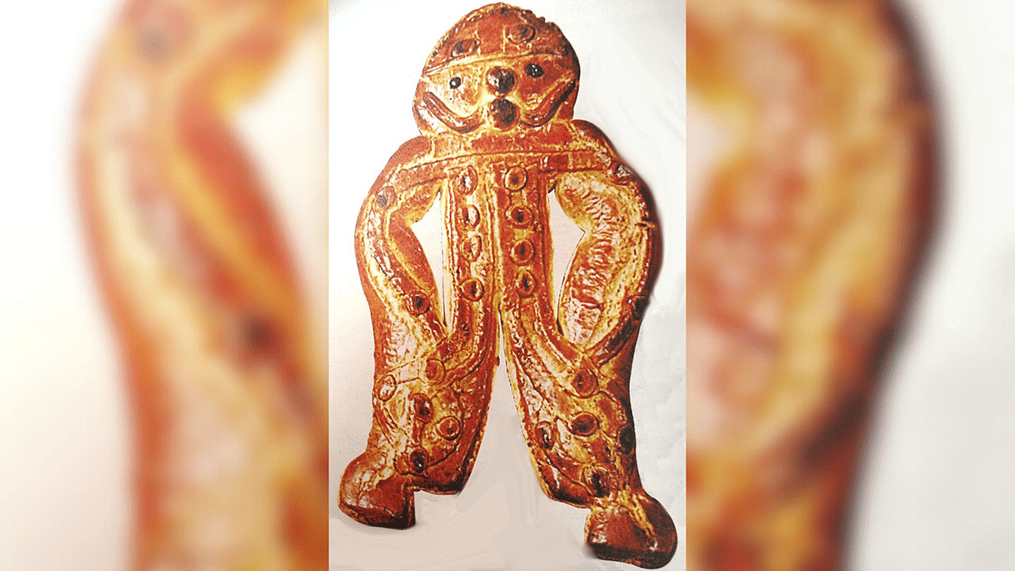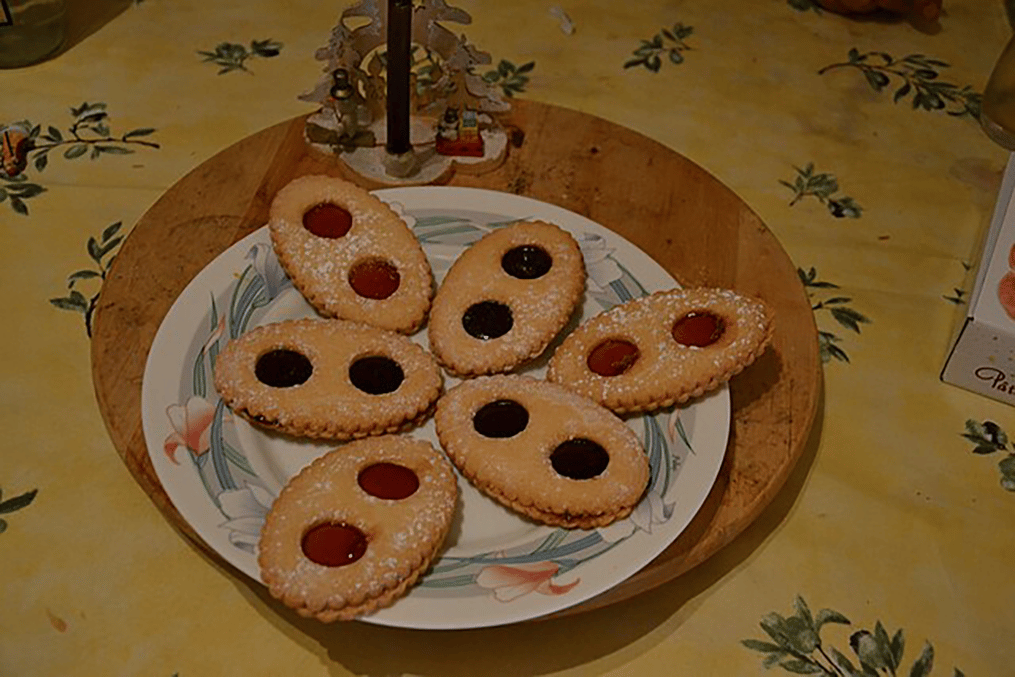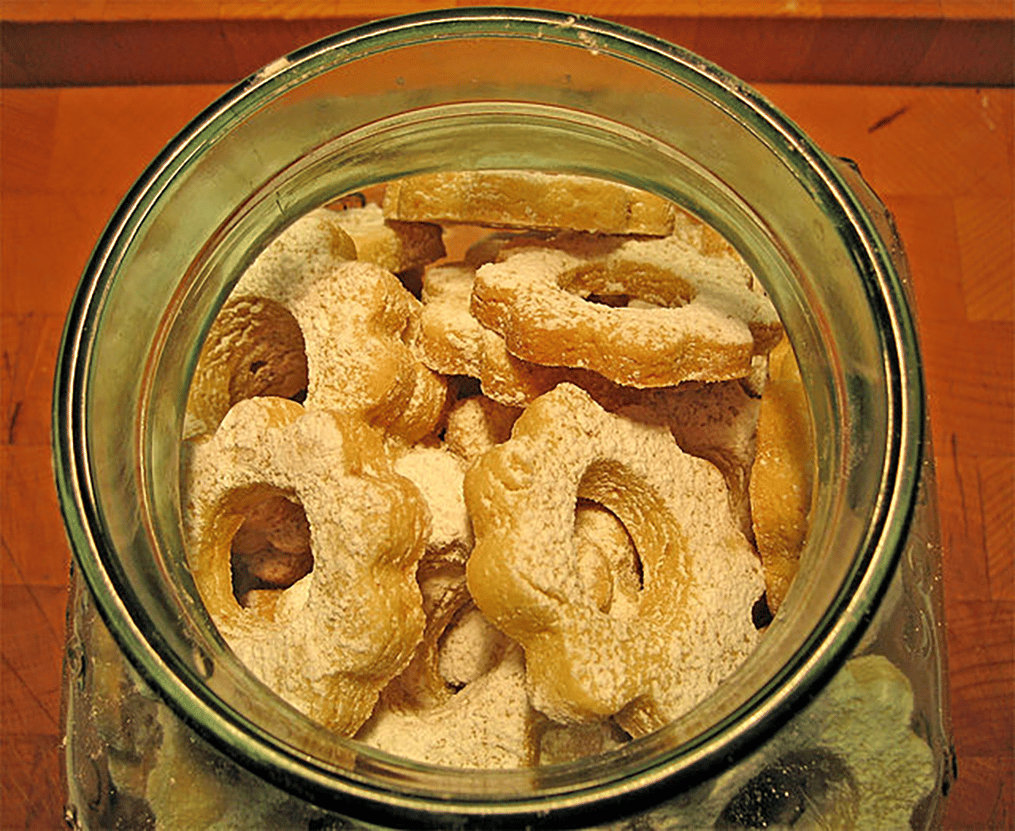Learning about French dessert names? Add these cookies to your vocabulary and your to-do list, for some fall under the easy sweet recipes

The French have a lot of desserts to their credit, but the cookies don't get a second glance as much as they should apart from the macarons of course. With a shared history with its neighbour Italy, French cookies are mostly intertwined with Christianity and not as gourmet as you'd expect but delicious in their own way.
1. Ladyfingers (Boudoirs)
If you’ve been a global citizen for a while and love your desserts beyond fumbling under easy sweet recipes, you know what these cookies are. Known by various names worldwide, they form the base of the Italian Tiramisu, soaked in coffee, does that ring a bell? These cookies are sweet with a sponge texture, shaped like large fingers, which originated in the 15th-century Duchy of Savoy. Created for a royal French visit, they became official court biscuits offered to guests. They are light, airy, and dry and made with flour, egg whites and yolks, sugar, and powdered sugar. Aside from tiramisu, they are commonly used in desserts like charlottes, trifles, and chocolate cakes, and are often soaked in liqueur, sugar syrup, or espresso.
2. Bredele
These small biscuits are a Christmas tradition in France's Alsace region, whose recipe dates back to the 14th century. Bredele gained widespread popularity in the 18th and early 19th centuries with the introduction of cookie cutters. These come in an assortment of shapes in flavours such as lemon, honey, and almond. The tradition of home-baking and storing Bredele until Christmas Eve is linked with the Christian season of Advent and families often serve these biscuits with tea, coffee, or regional Alsatian wines like Muscat and Gewurztraminer.
3. Palets de dames
Originating from Northern France and Belgium, these crisp, buttery cookies (literally "ladies' pucks") are a common sight in pâtisseries. These cookies are a pleasant sight because they fit in quite well with the typical elite French interiors, you’d associate with Parisian homes. The cookies are typically decorated with apricot jam and lemon-flavoured sugar icing, some varieties use rum, vanilla, or aniseed flavours. You might also come across some with currants, raisins, or nuts. These treats find their place in afternoon tea as a snack.
4. Suisse de Valence

This French cookie, shaped like a gingerbread man, but more disfigured, draws inspiration from Pope Pius VI's Swiss guards' uniforms. The cookie is fun to look at with its hat, moustache, raisin buttons, and coffee bean eyes. The name "Suisse" means "Swiss" in French, reflecting this connection and its creation relates to the Pope's 1799 imprisonment and death in Valence. The cookie is made from orange blossom-flavoured shortbread with candied orange peel pieces.
5. Lunette de Romans

This cookie is from Romans-sur-Isère, France, which resembles a pair of glasses, the 3D ones, with its oval shape, scalloped edges, and two holes on top. Consisting of two shortcrust pastry layers, it typically contains a fruit jelly filling, often raspberry or apricot with a powdered sugar dusting on the top layer. Italian immigrants brought a similar biscuit to the Dauphiné region, which inspired this treat and people usually enjoy this cookie as a dessert or snack, pairing it with tea or coffee.
6. Macarons de Nancy
It’s not exactly the colourful sandwich cookies you're thinking of, these are the ancestors, similar to the macaroons. In Nancy's city centre a monastery called Les Dames du Saint-Sacrement was established in the 1600s and there, faced with restrictions on meat, the nuns started baking pastries, including the now-famous macarons. When the monastery was dissolved, two nuns, Marguerite and Marie-Elisabeth, found refuge in a local doctor's home. To sustain themselves, they began producing and selling macarons, and in recognition of their contribution, Nancy honoured these "macaron sisters" in 1952 by naming a portion of their former residence street after them. The legacy of these nuns continues through the Maison des Soeurs Macarons in Nancy, where Nicolas Génot now safeguards the secret recipe.
7. Canistrelli

From the French island of Corsica comes this delicious cookie called Canistrelli, it's actually of Italian origin, associated with the historic Montferrat, but this French island is also associated with them. These are shortbread cookies made with flour, sugar and white wine with a strong anise flavour, it also uses a little bit of lemon zest. Like some French cookies, these are too double-baked because of which they are super crispy and stay the same for a very long time. They are usually eaten from breakfast but you'll also find them being eaten alongside hot beverages and also white wine.
More Like This
Popular Articles




Trending Web Stories
Curated Recipes

















